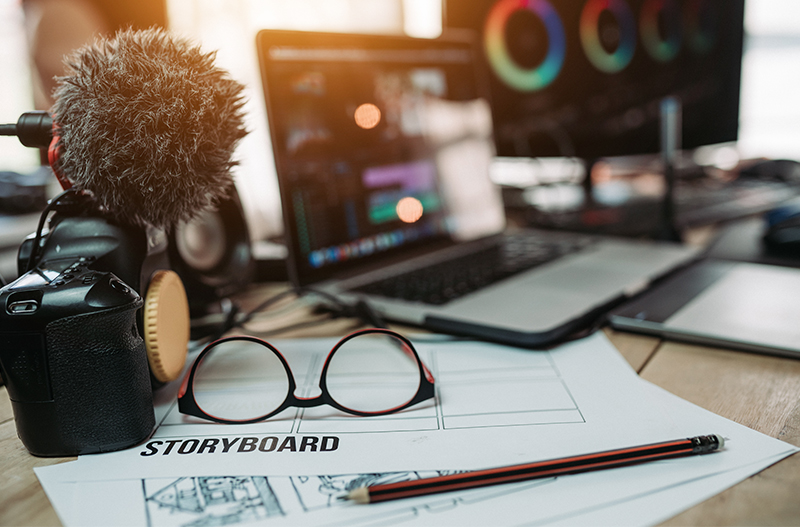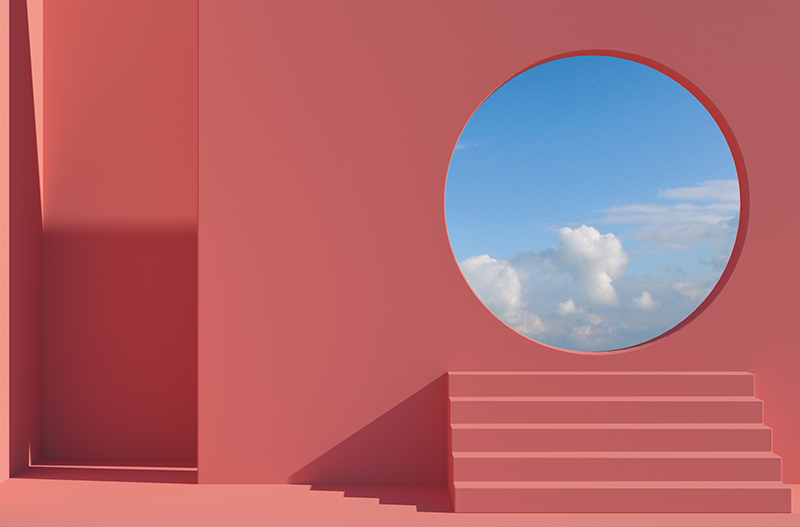CReative Direction
Big ideas and big creations thrive at our events with components that catch the eye and animate the experience.
Our creative team is an idea factory. They guide our approach with their colorful and creative processes, and develop amazing creations that catch the eye, animate the experience and push the needle. Through their thoughtful designs, our team translates each idea into a custom digital rendering that is brought to life by our production studio.

Creative Strategy & Direction
The creative strategy and direction involve the development of innovative ideas and plans that guide the overall vision of a project. This process encompasses understanding your target audience, identifying brand goals, and crafting a cohesive narrative that aligns with the intended message. A strong creative strategy establishes the tone, style, and approach to design, ensuring all elements work harmoniously to achieve the desired impact. It is essential for effectively communicating a brand’s identity and engaging audiences through compelling visual and conceptual storytelling. Ultimately, creative direction guides the team in executing these strategies, transforming concepts into tangible experiences, whether in marketing, advertising, or event design.
Target Audience
- Identify key audience segments and psychographics
- Understand audience needs, behaviors, and media habits
Key Messaging
- Craft compelling core messages and storytelling pillars
- Define call-to-action (CTA) aligned with campaign goals
Creative Concept Development
- Generate big ideas rooted in insight and relevance
- Explore various formats: visual, verbal, experiential
Measurement & Optimization
- Establish creative KPIs (e.g., engagement rate, brand lift, conversions)
- Plan for A/B testing and iterative improvements
Visual and Verbal Tone
- Establish mood boards, style guides, and language frameworks
- Adapt tone to resonate with different platforms and audiences
Innovation and Differentiation
- Explore unconventional formats or emerging technologies (AR, AI, interactive)
- Push for bold, unique creative approaches that cut through the noise
Brand Positioning
- Reinforce or evolve brand values, tone, and identity
- Ensure consistency across all creative outputs
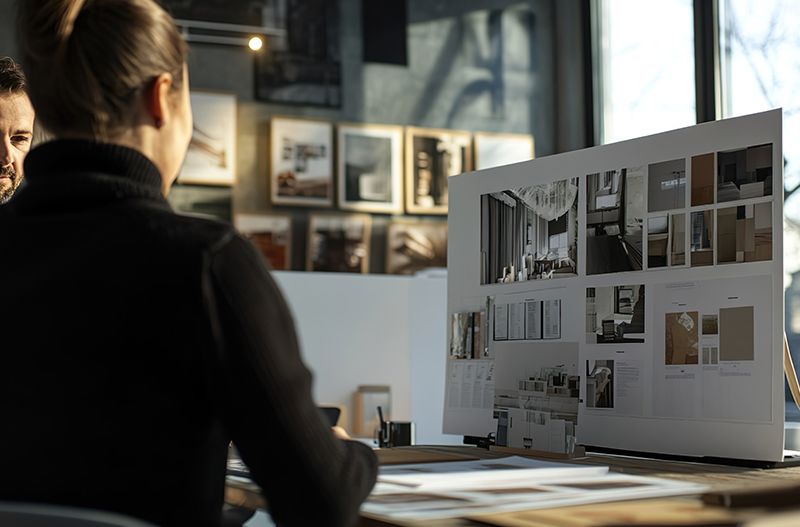
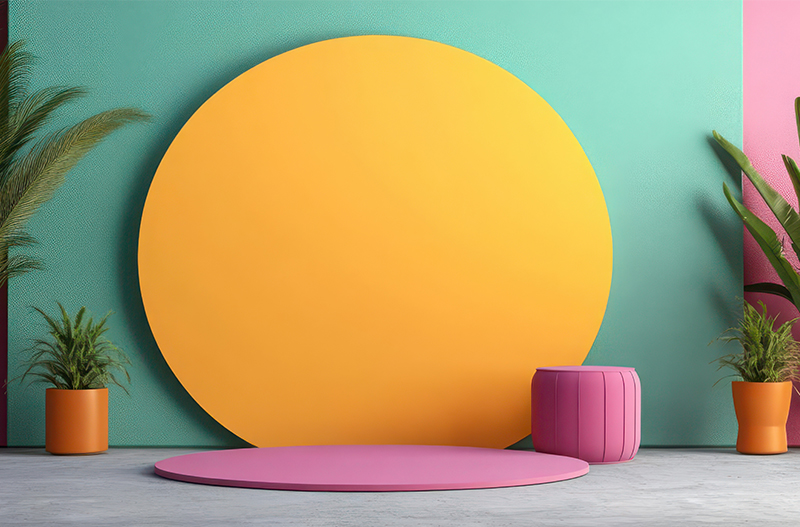
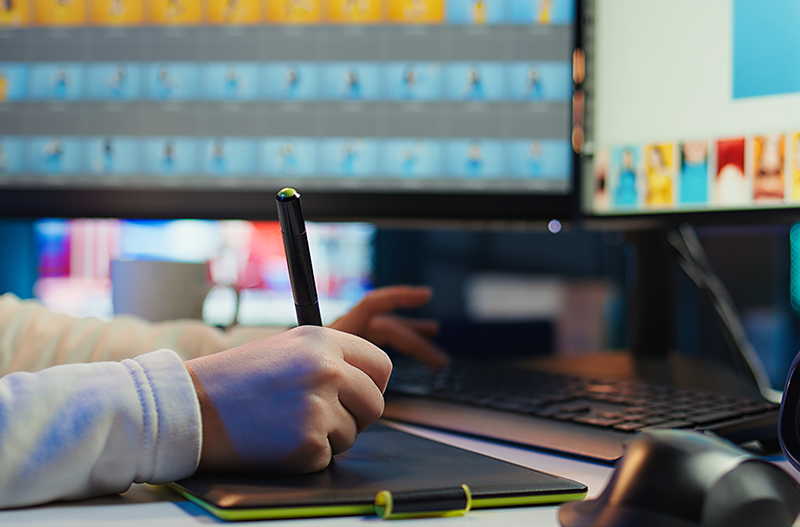
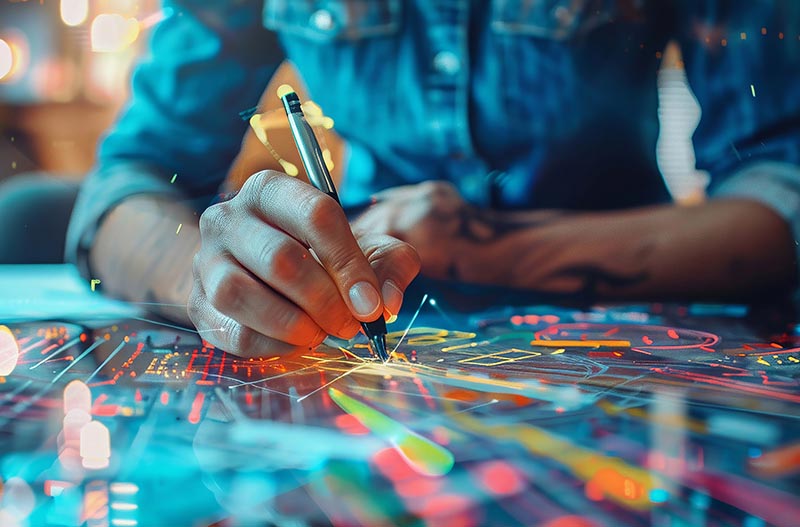
Event Identity Strategy & Design
The event identity strategy and design focus on creating a unique and cohesive visual representation for an event. This includes crafting a distinct theme, cohesive branding elements, and signature design motifs that resonate with the event’s purpose and resonate with the ideal client profile. The strategy involves understanding the event’s goals, audience client demographics, and desired experience, which directs the selection of colors, typography, logos, and graphics. Effective event branding ensures that all visual components—we work together to create a memorable, entertaining and sharable experience and leave a lasting impression on attendees.
Purpose & Vision
- Define the core purpose of the event
- Establish a long-term vision and desired emotional impact
Theme & Narrative
- Develop a unifying theme or story arc that drives the event's identity
- Ensure consistency across all touchpoints and content
Audience Insight
- Understand attendee demographics, interests, and expectations
- Tailor identity elements to resonate with the audience's values and aesthetics
Brand Alignment
- Integrate existing brand guidelines (if applicable) into the event’s identity
- Ensure harmony between corporate branding and the event’s creative expression
Naming & Tagline
- Create a memorable event name and tagline that encapsulate the essence
- Consider flexibility for future event series or annual iterations
Visual System
- Develop a cohesive visual identity: logo, color palette, typography, iconography
- Design assets for both physical and digital environments
Tone & Voice
- Define the communication style (e.g., formal, playful, inspirational)
- Apply consistently across invitations, programs, signage, and scripts

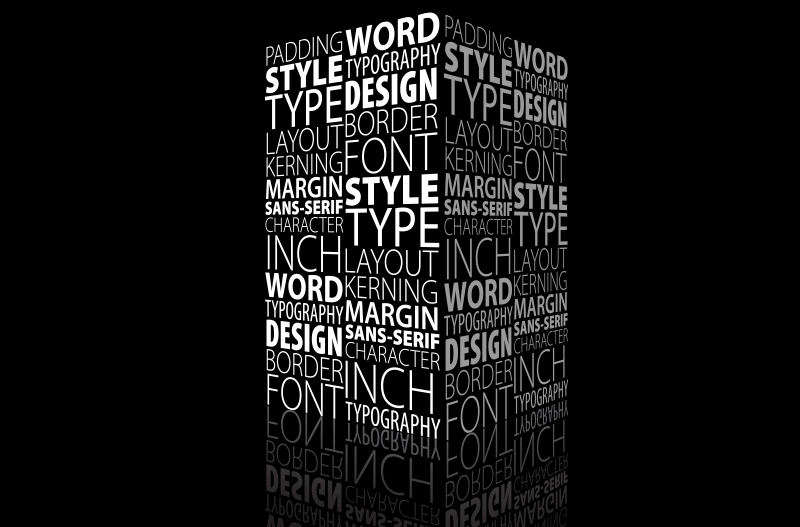
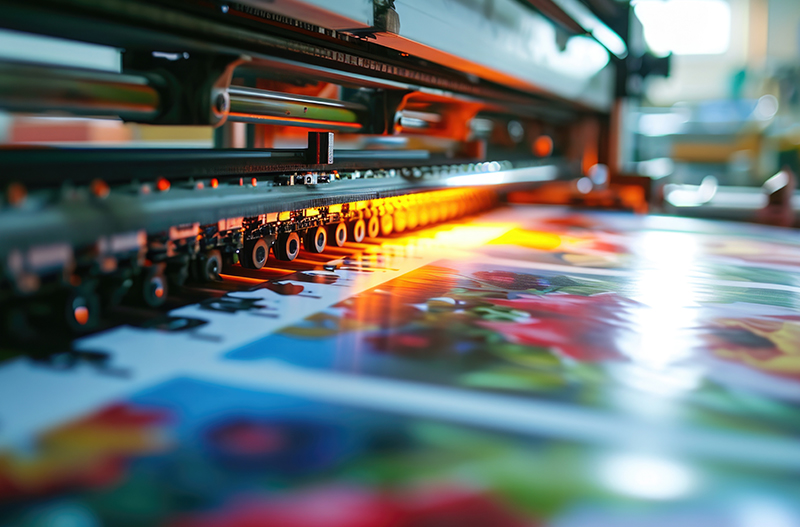
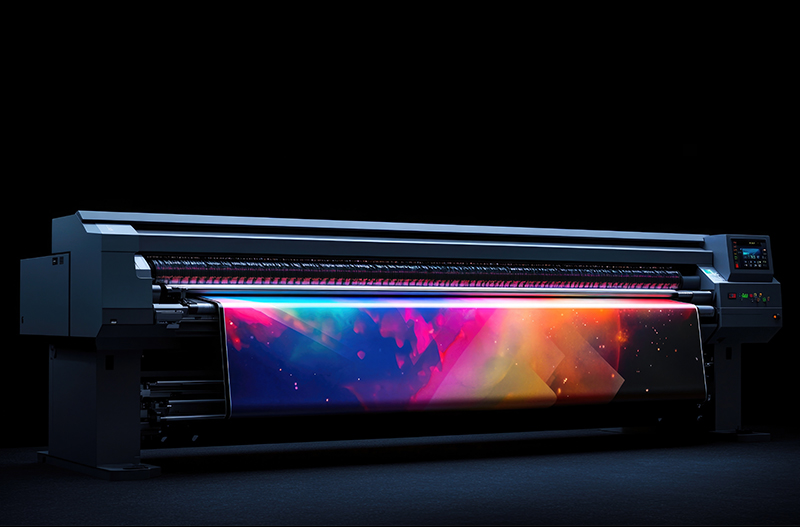
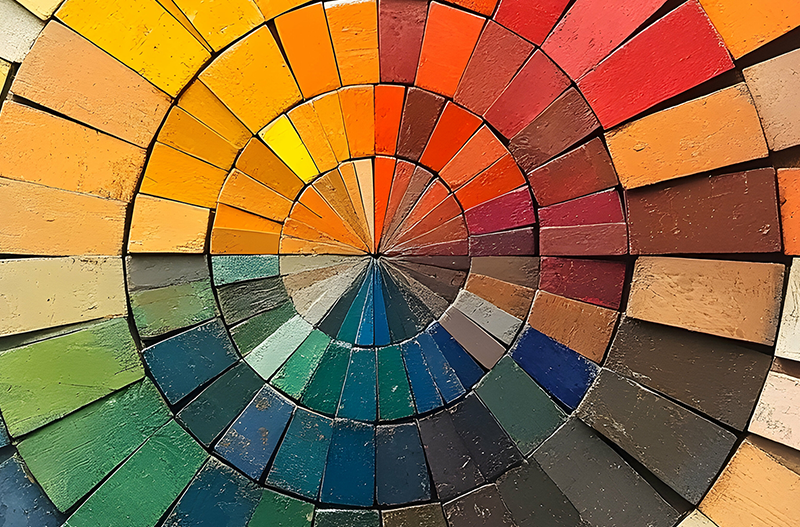
Experience Mapping & Attendee Journey
We put ourselves in the shoes of your audience and attendees to develop an immersive journey from the moment your guests arrive at your event through post-event engagement. We explore every detail to understand expectations and emotions as they move along important touchpoints throughout their experience. We continually measure success using digital tools and qualitative methods to keep the focus on the attendee and ensure that everything is designed around their needs and expectations.
Define Attendee Personas
- Identify key audience segments (e.g., VIPs, speakers, general attendees, media)
- Understand motivations, goals, and potential pain points for each
Pre-Event Touchpoints
- Map all pre-event interactions: invitations, registration, confirmations, social media buzz
- Ensure a seamless onboarding and expectation-setting process
Arrival & Check-In
- Design intuitive arrival flow: signage, check-in counters, welcome teams
- Prioritize speed, clarity, and first impressions
Orientation & Wayfinding
- Create user-friendly maps, guides, and digital navigation tools
- Use consistent visual cues and signage to guide attendees
Main Event Experience
- Map core activities: sessions, keynotes, networking, dining, entertainment
- Consider timing, transitions, and sensory balance (audio, lighting, ambiance)
Emotional Journey
- Design for emotional peaks and pacing: surprise moments, high-energy segments, quiet zones
- Aim for a memorable narrative arc from arrival to close
Engagement Opportunities
- Integrate interactive moments: workshops, polls, games, photo ops, Q&A
- Personalize touchpoints through tech (RFID, apps) or human interactions
Support & Accessibility
- Ensure help is available: staff, info desks, FAQs in app
- Design for inclusivity: mobility access, language support, dietary needs
Breakout & Downtime Areas
- Provide thoughtfully designed spaces for rest, reflection, or private meetings
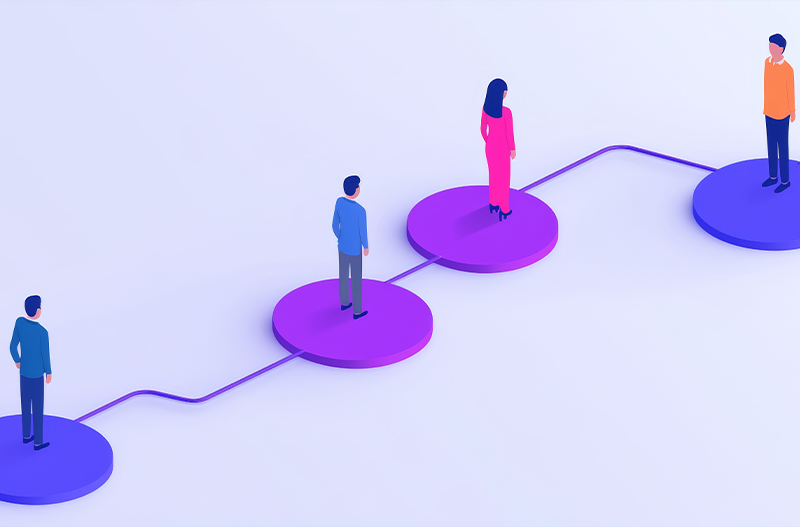
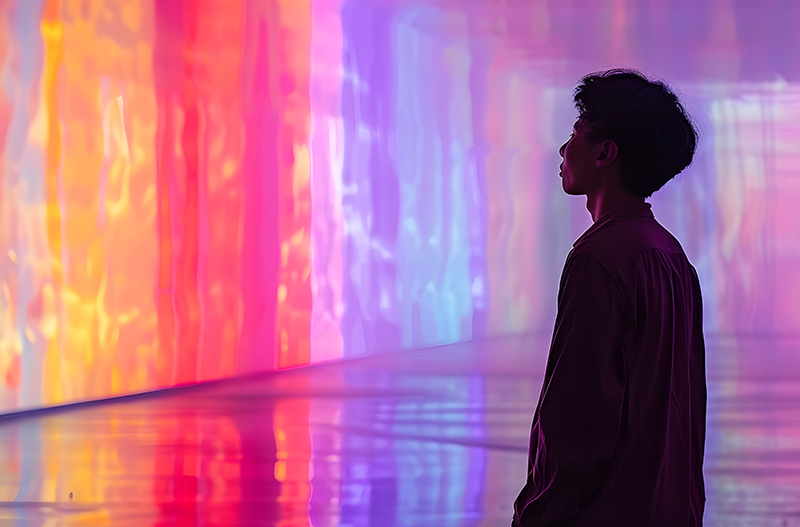
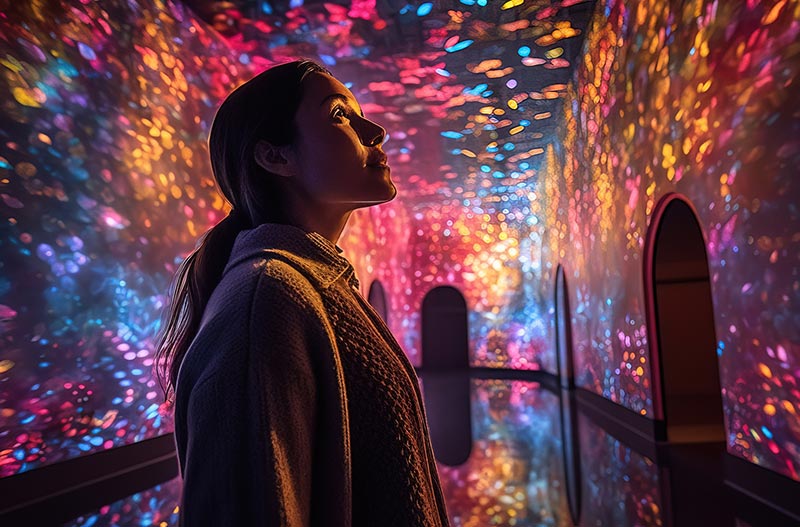

Environmental Design
The environmental design is an interdisciplinary field that focuses on the relationship between event activation and human interactions within it. It encompasses the creation and planning of spaces—both natural and built—that are sustainable, functional, and aesthetically pleasing. This includes architecture, urban planning, landscape design, and interior design, all aimed at enhancing the quality of life while minimizing negative impacts on the ecosystem. Key considerations in environmental design involve the use of sustainable materials, energy efficiency, biodiversity, and the promotion of wellness through thoughtful spatial organization. Ultimately, environmental design seeks to create harmonious environments that support both human needs while reducing the carbon footprint.
- Sustainability: Focus on creating spaces that minimize ecological impact, using renewable resources and environmentally friendly materials.
- Integrated Systems: Design buildings and landscapes that work harmoniously with their surroundings, including water management, energy systems, and native plant integration.
- User Experience: Prioritize the needs and comfort of the occupants, ensuring that spaces are functional, accessible, and promote well-being.
- Biophilic Design: Incorporate natural elements into design (such as plants, sunlight, and water features) to enhance aesthetic and psychological benefits.
- Adaptive Reuse: Consider repurposing existing structures to reduce waste and preserve historical significance, while adapting them for modern use.
- Resilience: Design for climate adaptability, considering potential environmental challenges such as flooding, heat waves, and storms.
- Innovative Technology: Utilize advanced technologies (like smart sensors and renewable energy systems) to enhance operational efficiency and sustainability.
- Aesthetic Appeal: Balance functionality and beauty in design to create visually appealing environments that inspire and engage users.
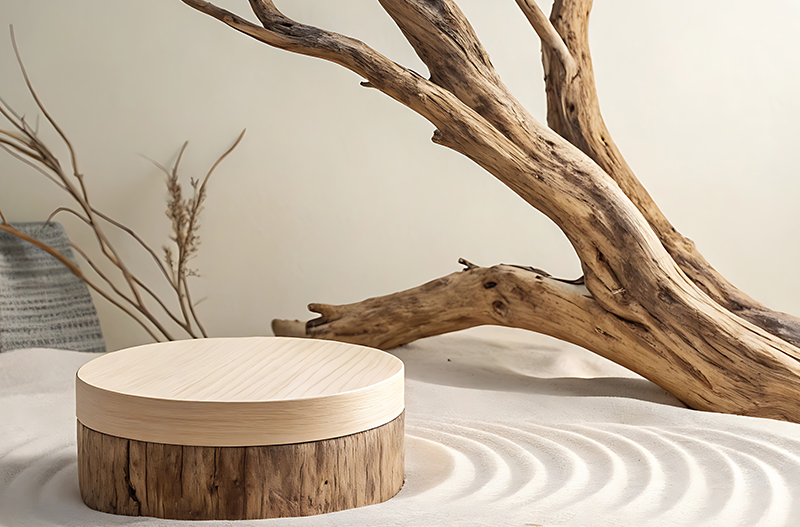
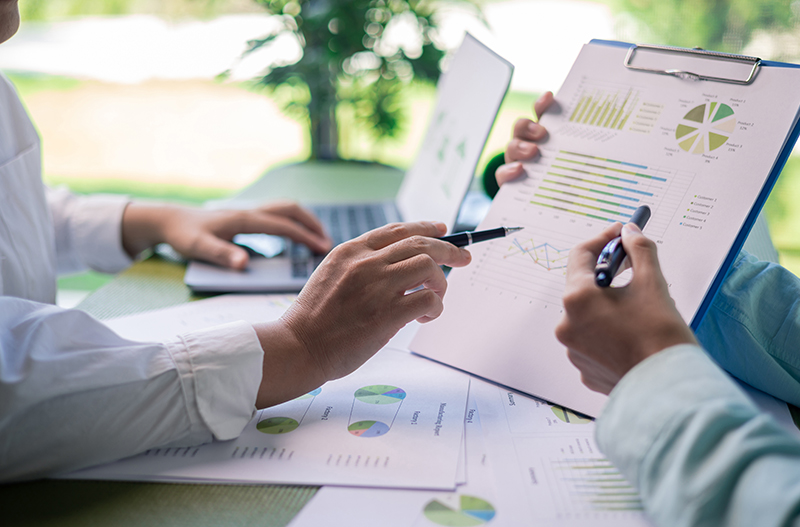
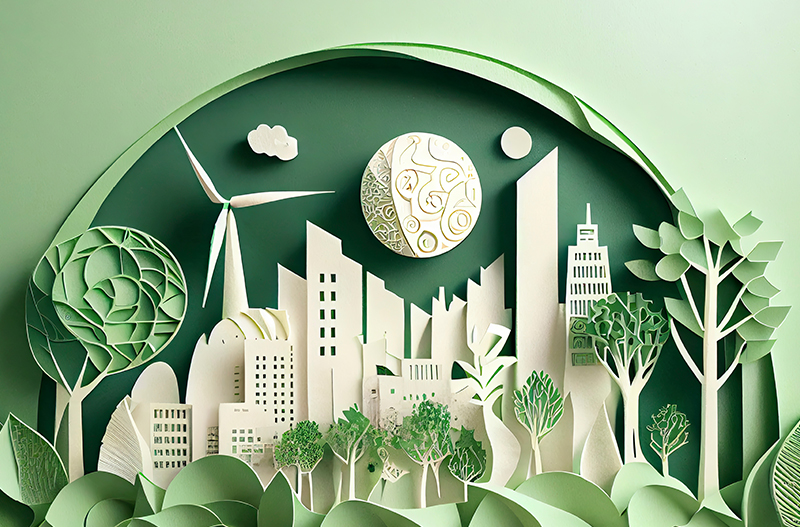
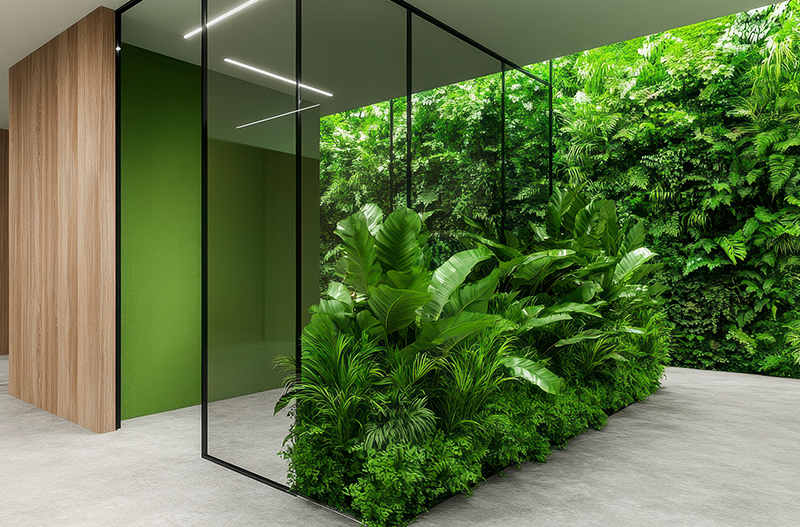
Entertainment
At DBD The Studio, we specialize in transforming any venue into a stunning and unforgettable experience for your guests. Our entertainment offerings include a range of captivating options designed to enhance your event’s ambiance and engage attendees. We provide interactive elements such as themed photo booths, live art installations, and engaging performances, ensuring that your event is not only visually appealing but also memorable. Our skilled entertainers, including musicians, dancers, and actors, can tailor their performances to align with your event’s theme and atmosphere. Additionally, we offer a variety of immersive experiences, such as virtual reality stations and interactive game zones, providing guests with unique opportunities to connect and create lasting memories.
- Live Performances: Live Performances: Include entertainers such as musicians, dancers, or magicians to engage attendees and create memorable moments.
- Interactive Experiences: Offer activities that encourage guest participation, such as photo booths, games, or DIY craft stations, enhancing interaction and fun.
- Lighting Design: Use creative lighting techniques (like uplighting, spotlights, or LED displays) to set the mood and highlight key areas of the event.
- Stage Setup: Design an aesthetically pleasing stage area for performances, ensuring visibility and accessibility while fitting the overall decor theme.
- Unique Entertainers: Curate a diverse range of performers, including caricaturists, fire dancers, or aerialists, to provide variety and maintain excitement throughout the event.
- Event Flow: Strategically plan the layout to facilitate smooth transitions between different entertainment segments and decor elements.
- Customizable Decor: Offer personalized decorations or themes based on client preferences, allowing for a distinct and tailored experience.
- Integration of Technology: Utilize screens or projection mapping for dynamic visual effects that complement performances and decor, enhancing the overall experience.
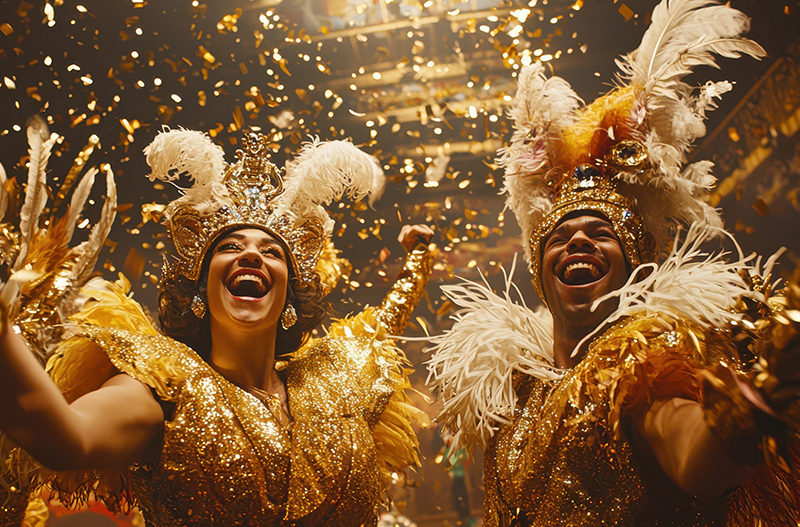
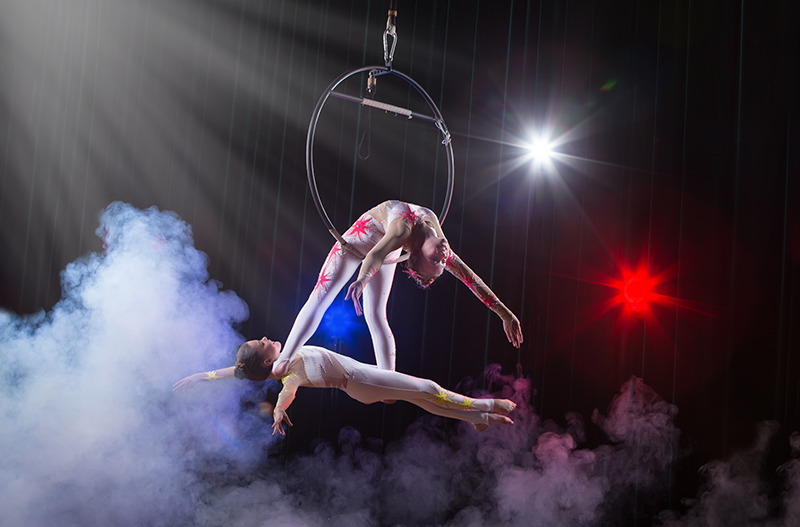
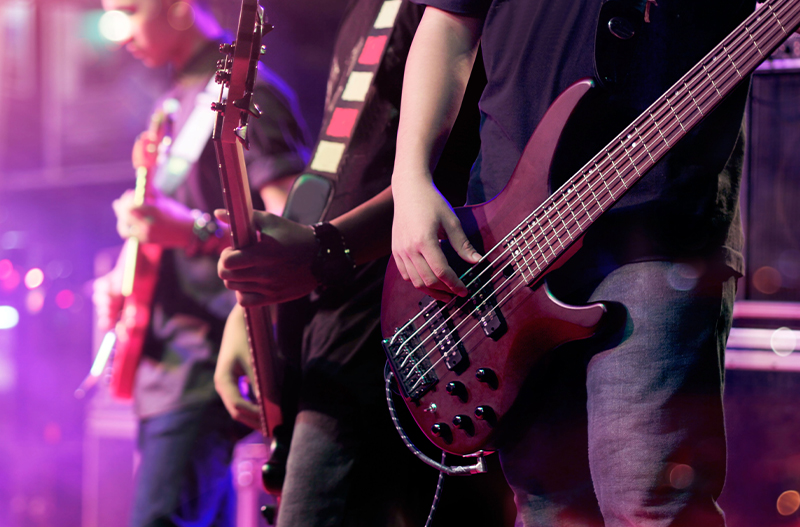
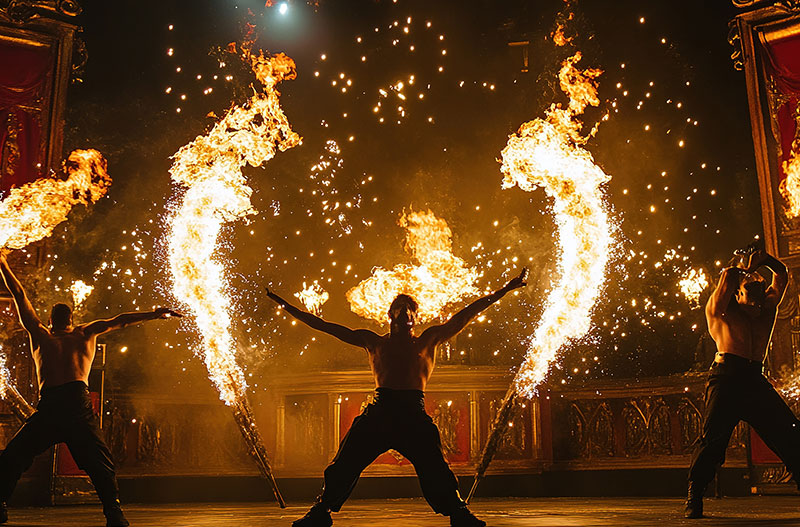
Graphic Design
Our award-winning graphic design professionals draw on more than 35 years of experience in strategically designing unique visual identities and/or conveying your existing visual voice across all of your event materials to ensure your story is compelling and resonates with your guests and audiences.
DBD The Studio is one of the few creative agencies where our designers also produce, print and install all of our designs in house. We do this to ensure the highest quality experience for you and your audiences.
- Visual Communication: Use images, typography, and color to convey messages effectively and engage target audiences.
- Brand Identity: Develop consistent visual elements (logos, color palettes, and typography) that reflect a brand's personality and values.
- User-Centered Design: Focus on the needs and preferences of the target audience to create intuitive and accessible designs.
- Creative Problem Solving: Approach design challenges with innovative thinking to find unique solutions that meet specific objectives.
- Digital and Print Media: Adapt designs for various formats, including websites, social media, brochures, and posters, ensuring versatility.
- Typography: Select and pair font styles thoughtfully to enhance readability and aesthetic appeal, creating hierarchy and emphasis.
- Color Theory: Apply principles of color theory to evoke emotions, create contrast, and establish brand recognition.
- Layout and Composition: Organize visual elements in a balanced and harmonious way to guide viewer attention and improve user experience.
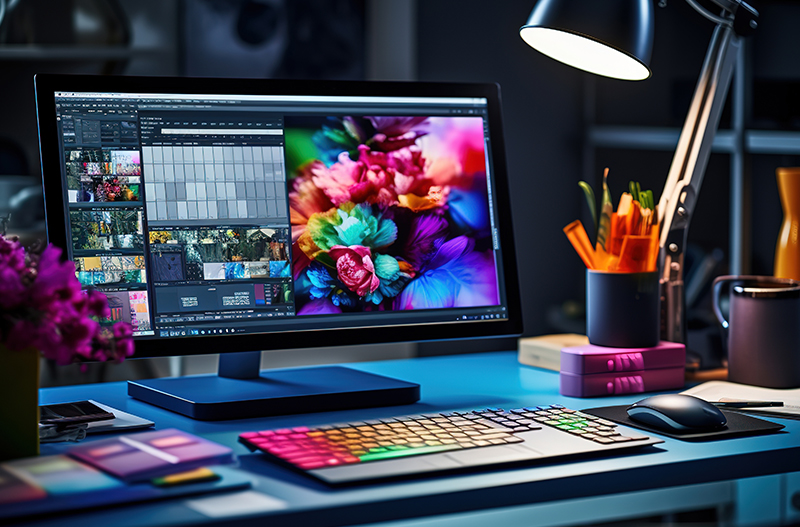

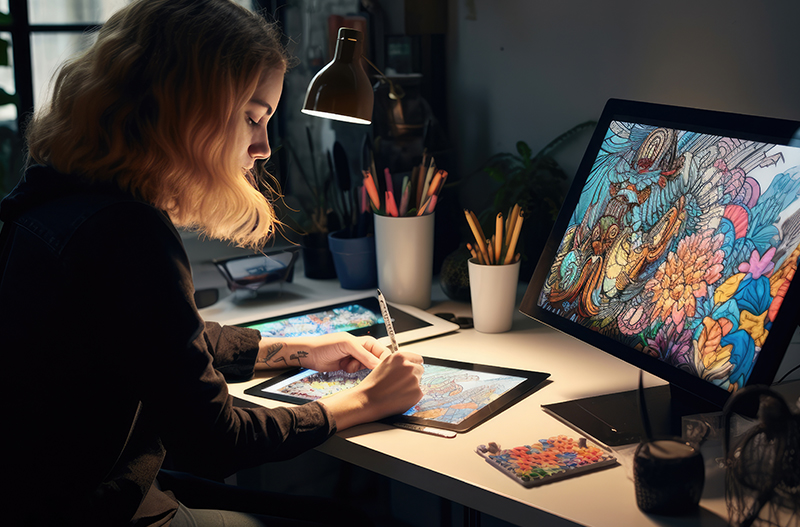
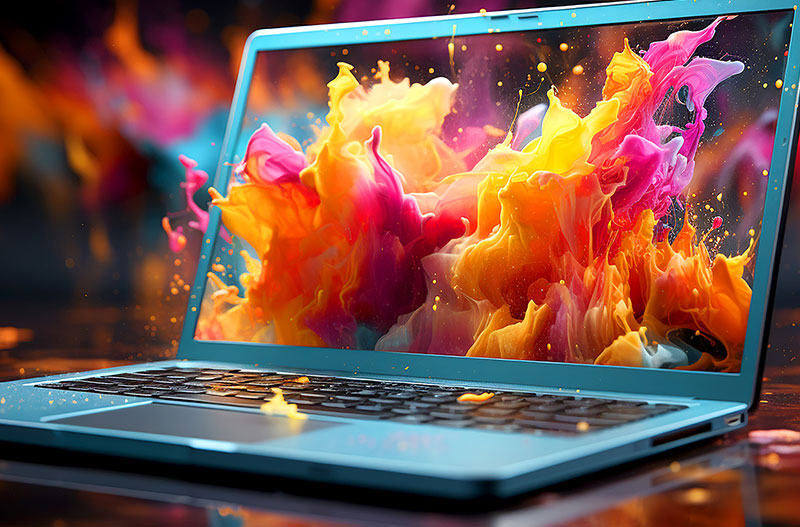
Technical Design
We implement technology and technical solutions to optimize resources and make informed decisions throughout the planning process and the event. Our technical design experts identify and minimize potential delays due to miscommunication or logistical challenges. We have the flexibility to scale operations to adapt to last-minute changes or cancellations due to weather or other conditions. Our investment in technical solutions increases the solutions available for enhanced coordination and responsiveness and event success.
At DBD The Studio, we pride ourselves on offering comprehensive technical design services that ensure your event runs smoothly and seamlessly. Our technical design team specializes in the intricate details of logistics, layout, and equipment coordination, transforming your vision into a well-orchestrated reality. We focus on creating efficient floor plans that optimize space utilization and guest flow, ensuring that every aspect of your event is considered. Our team works diligently to integrate essential elements such as lighting design, sound systems, and audiovisual setups, providing the perfect atmosphere for your occasion.
With our technical design services, you receive expert execution, and a flawless event experience. We collaborate closely with you to address your specific needs and preferences, guaranteeing that your event not only meets but exceeds expectations. Let us handle the technical details so you can focus on enjoying your event to the fullest!
- Functionality: Prioritize the effectiveness and efficiency of designs to ensure they meet user needs and industry standards.
- Precision and Accuracy: Utilize detailed specifications and measurements to create accurate models and prototypes, minimizing errors in production.
- Technical Drawings: Produce clear and comprehensive blueprints, schematics, or CAD designs that communicate concepts to engineers and manufacturers.
- Material Selection: Choose appropriate materials based on performance, durability, cost, and environmental impact to ensure optimal product quality.
- Innovative Solutions: Foster creativity to develop new technologies or methods that address specific challenges in the design process.
- Interdisciplinary Collaboration: Work closely with engineers, architects, and other stakeholders to integrate various perspectives and expertise in the design process.
- Prototyping and Testing: Create prototypes for evaluation and conduct testing to assess functionality, usability, and reliability before final production.
- Regulatory Compliance: Ensure designs adhere to relevant industry regulations, safety standards, and best practices to protect users and the environment.
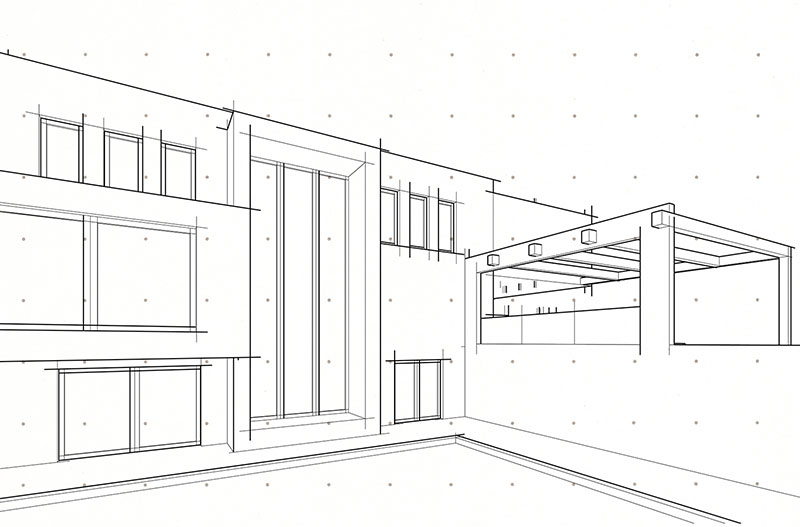

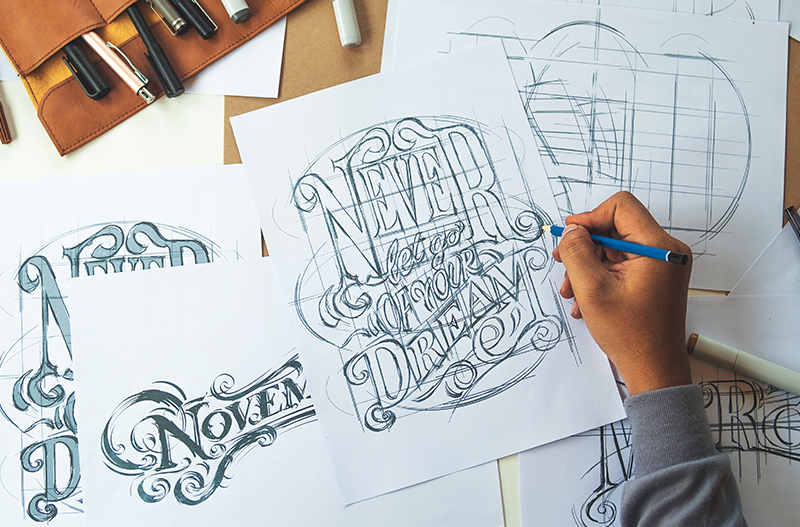
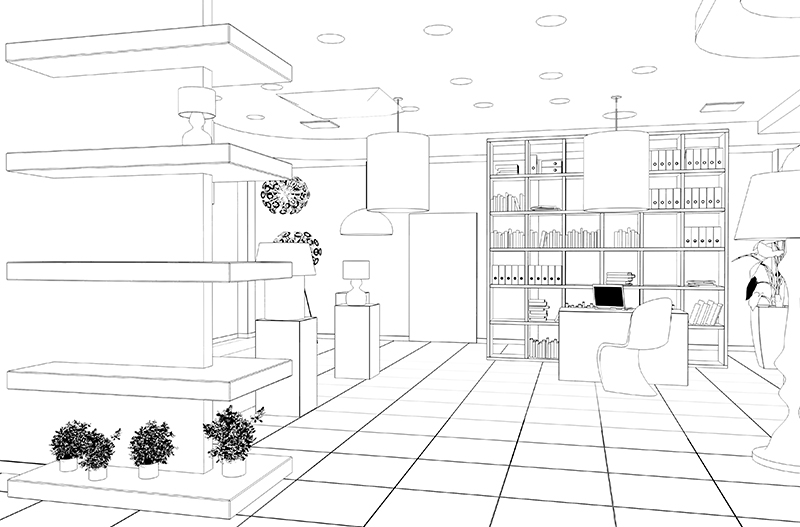
Storyboards, Creative Concepting & 3D Rendering
Throughout the creative stages of planning for your event, we provide visual representations of your concept and ideas for greater clarity and to guarantee your satisfaction. Illustrating the sequence of events into a pictorial expression of the experience helps identify potential issues and provides a realistic preview of the venue design, coordination of colors, depictions of design elements, and a preview of what your audience can expect at your event.
At DBD The Studio, we offer a dynamic trio of services: storyboarding, creative concepting, and 3D rendering, designed to bring your event vision to life with clarity and excitement.
Storyboarding is our initial step in the creative process, where we illustrate the flow and key moments of your event. This visual representation enables us to map out each detail, from the entrance to the closing act, ensuring that every aspect aligns with your vision. By outlining the sequence of events, we provide a clear narrative that helps you envision the overall experience for your guests.
Creative concepting is where innovation flourishes. Our talented team collaborates with you to develop unique themes and ideas tailored to your event’s goals and audience. We blend your vision with our industry expertise, offering creative solutions that enhance aesthetics and improve guest engagement. Whether it’s a lavish gala or an intimate gathering, we aim to capture the essence of your event through imaginative concepts.
To bring these concepts to life, we utilize 3D rendering technology, creating stunning visualizations of the event space. Our 3D renderings allow you to see your décor, layout, and design elements in a realistic format before the actual event takes place. This process not only helps in refining design decisions but also provides an immersive experience that excites clients and stakeholders alike.
With our storyboarding, creative concepting, and 3D rendering services, we offer a comprehensive approach to event planning that ensures every detail is meticulously crafted and aligned with your vision. Let us transform your ideas into breathtaking realities, making your event unforgettable!
Storyboards
- Visual Narrative: Use a sequence of images to outline the flow of a story or concept, helping to visualize scenes and transitions.
- Scene Composition: Plan key elements for each scene, including characters, settings, and actions, to maintain narrative coherence.
- Timing and Pacing: Indicate timing for each scene, helping to structure the overall rhythm and pacing of the story.
- Collaboration Tool: Serve as a visual communication tool for directors, writers, and designers to align on the creative vision.
Creative Concepting
- Idea Generation: Brainstorm innovative ideas and themes that align with project objectives and target audience preferences.
- Mood Boards: Create visual collages to convey style, color, and tone, serving as inspiration for the overall design direction.
- Market Research: Analyze trends and audience insights to inform and drive the creative concept, ensuring relevance and engagement.
- Prototyping Ideas: Develop quick sketches or mock-ups to visualize concepts and facilitate discussion among team members.
- Iterative Process: Encourage ongoing exploration and refinement of concepts based on feedback and evolving project goals.
3D Rendering
- Realistic Visuals: Produce high-quality, photorealistic images or animations that accurately represent the designed object or environment.
- Lighting and Texturing: Use advanced techniques to enhance realism, incorporating appropriate lighting setups and surface textures.
- Virtual Prototyping: Create detailed 3D models for product visualization, allowing for design evaluation and marketing before physical production.
- Animation Capabilities: Utilize 3D rendering for dynamic animations that showcase movement or demonstrate product functionality.
- Presentation and Marketing: Create compelling visuals for presentations, pitches, or promotional materials to effectively communicate the design vision.


